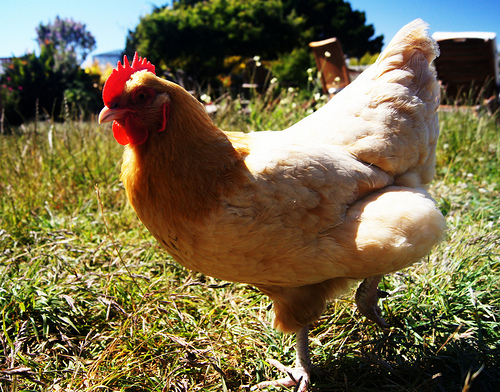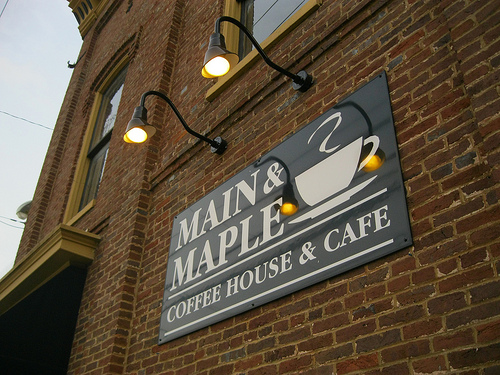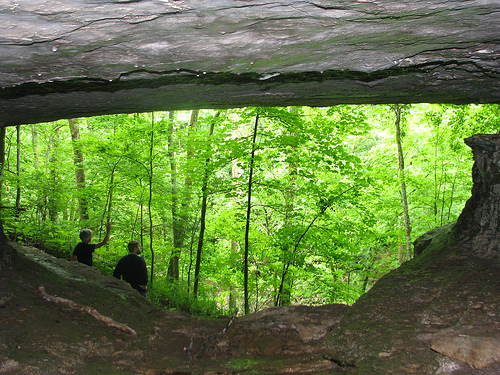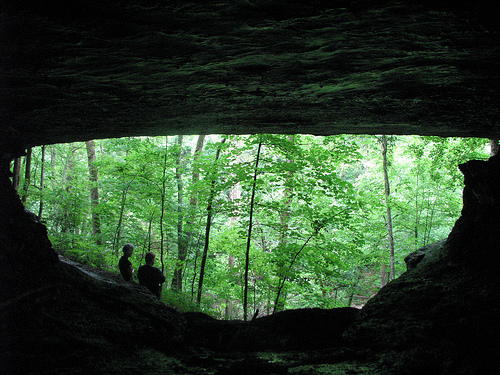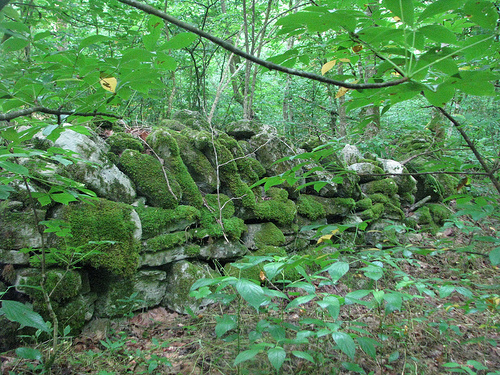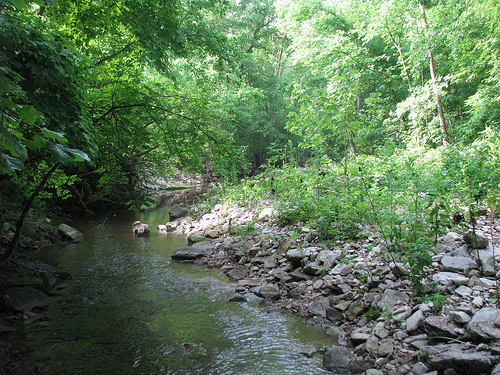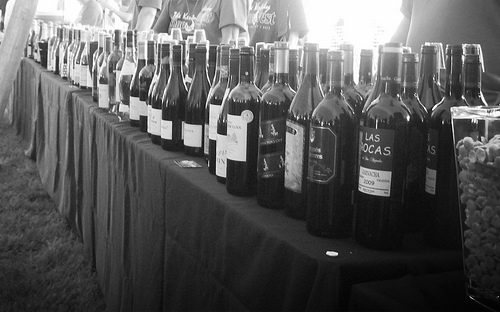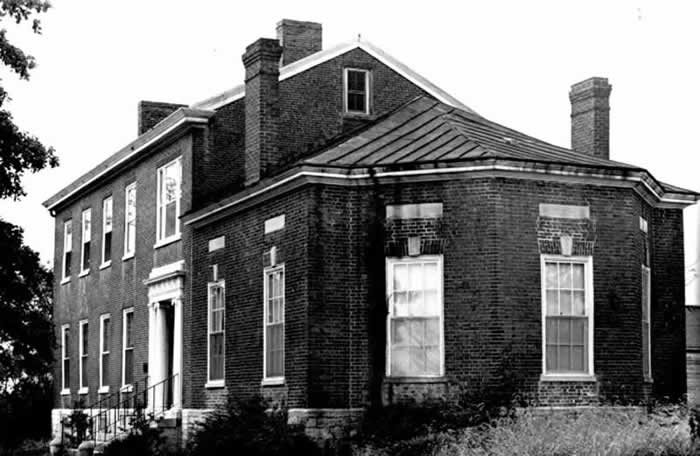 |
| Fourth of July Parade in Lexington, Ky. (2010) |
On the Fourth of July, we commemorate the Declaration of Independence, having been adopted “in Congress on July 4, 1776.” Americans celebrated immediately and the holiday’s import was recognized from 1777 onward.
In 1794, the first known celebration of Independence Day occurred in Kentucky. In fact, it was near Clear Creek Road in what is now Jessamine County. A historic marker marks the location where forty veterans of the Revolution gathered to celebrate at the farm of Colonel William Price.
They undoubtedly spent that eighteenth Independence Day recalling their experiences at Yorktown, Valley Forge, Blue Licks, and Brandywine. These men, veterans and Kentucky pioneers alike, swapped tales as they ate and drank with one another.
In summing up the event in a letter to Gov. Isaac Shelby, Price described the occasion as being “a glorious time and a big dinner … a sight to behold.” Of the occasion, Price wrote of it being the “glorious birthday of our freedom.”
Many in Jessamine County will gather for the parade in Wilmore before viewing the fireworks o’er Nicholasville. Others, myself included, will venture to Lexington to share in their festivities.
On July 3, my preference is to attend the patriotic concert held at Gratz Park in downtown Lexington. There, the Lexington Philharmonic and the Lexington Singers perform to the patriotic tunes of Sousa and others. The sounds fill the air in a great revelry of celebration and one’s chest can palpitate with the beat of patriotism through music.
The next day, the Fourth of July, I return to Lexington in time to hear ordinary citizens line up. Together, they read the entirety of the Declaration of Independence with each person reading only a phrase or sentence. The queue is a cross-section of society with individuals of different sexes, races, orientations, economic conditions, and religious and political beliefs standing side by side.
Each enthusiastically speaks from that document which proclaimed “that all men are created equal.”
It is a powerful moment as the words read by so many different individuals come together to form that great text upon which our great Nation is founded.
E pluribus unum.
Out of many, One.
Throughout America’s history, we have interpreted the concept of equality differently. Blacks were once slaves and Native Americans were forcibly relocated from their tribal lands. Women were considered personal property.
And yet, even now, the law does not provide all Americans with equal protection. And so, we must continue to commit ourselves toward that self-evident truth.
As we celebrate together that “glorious birthday of our freedom,” let us lay down that which divides us and celebrate this great experiment of Democracy.
Happy Birthday, America!

This column originally appeared in the Jessamine Journal.
It should not be republished without permission.

